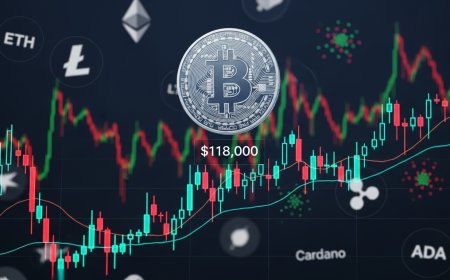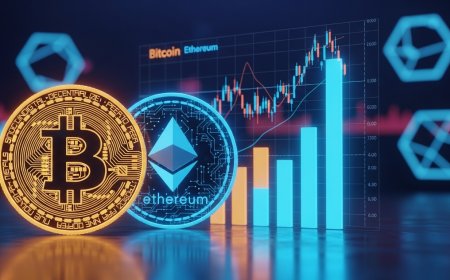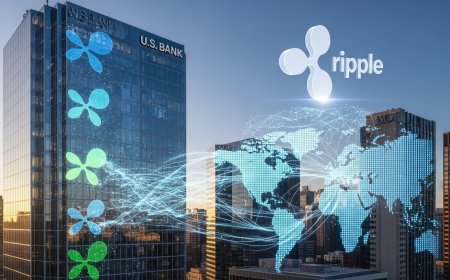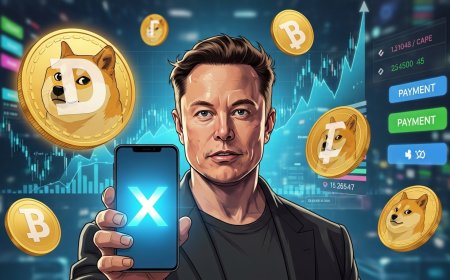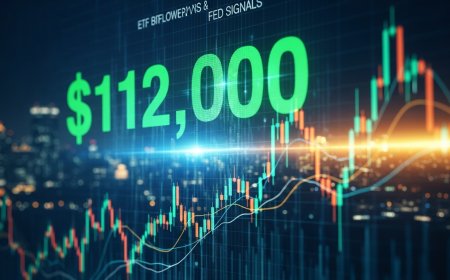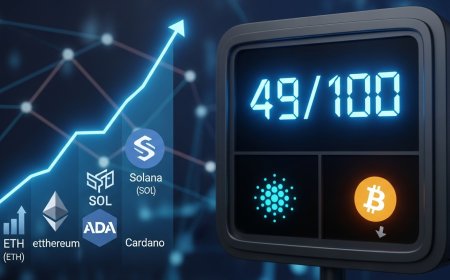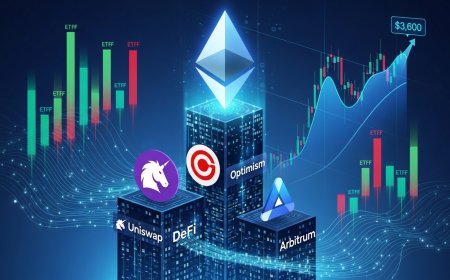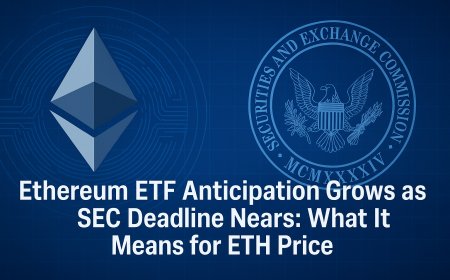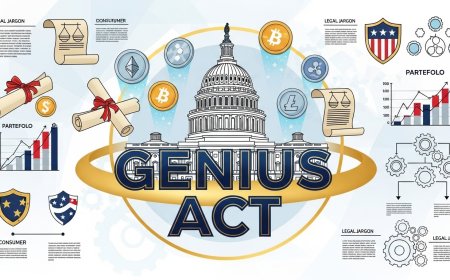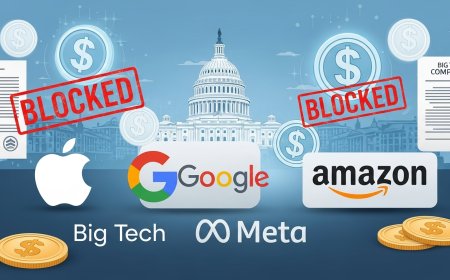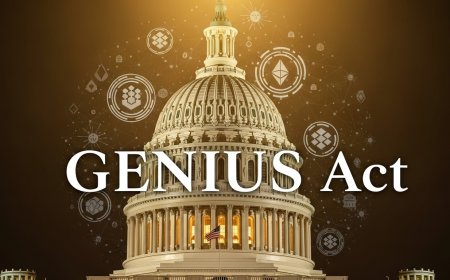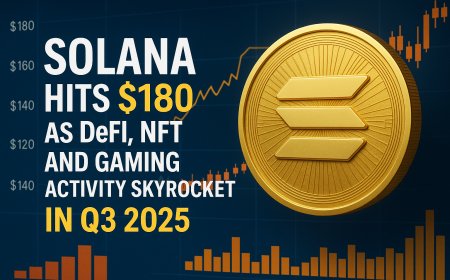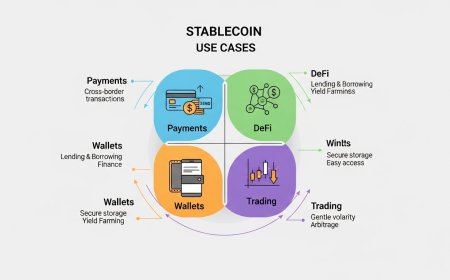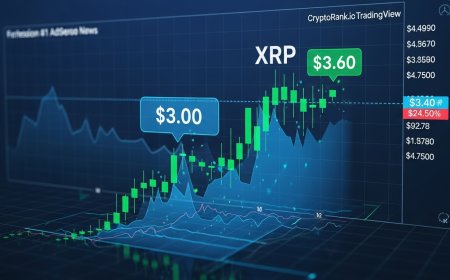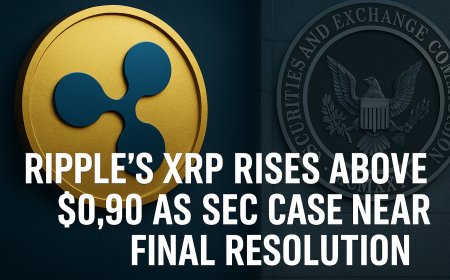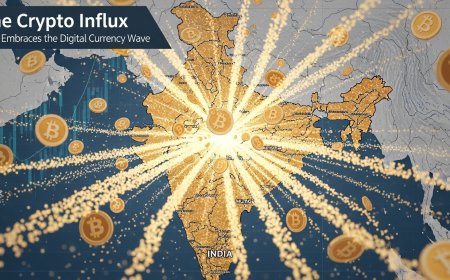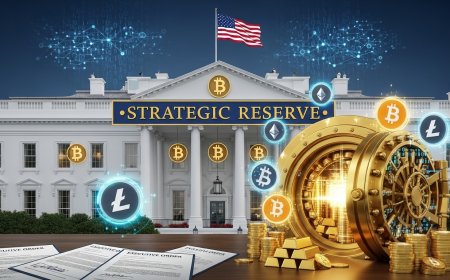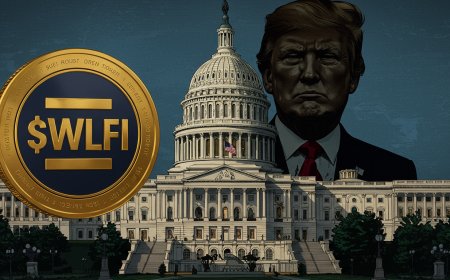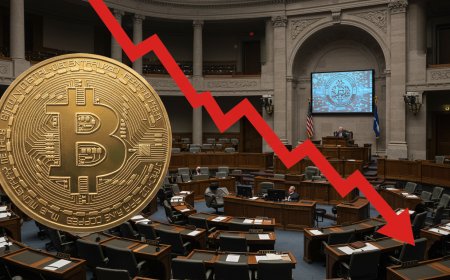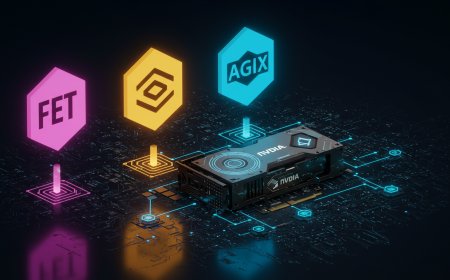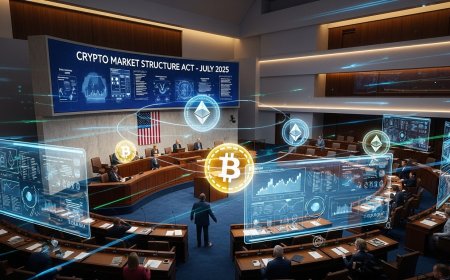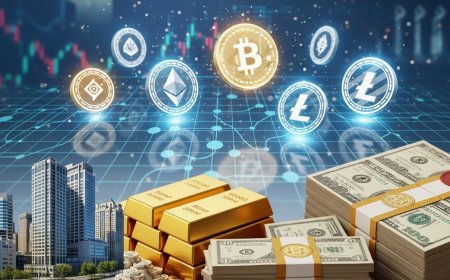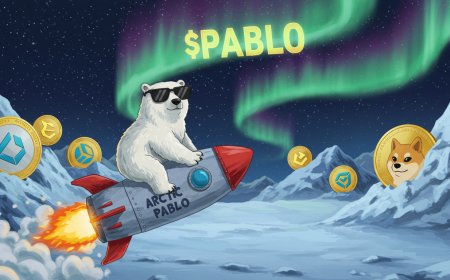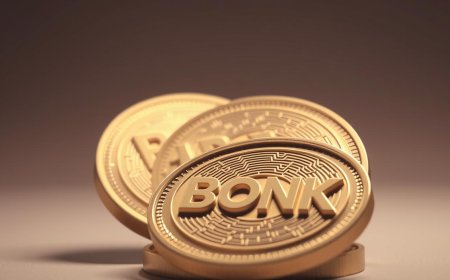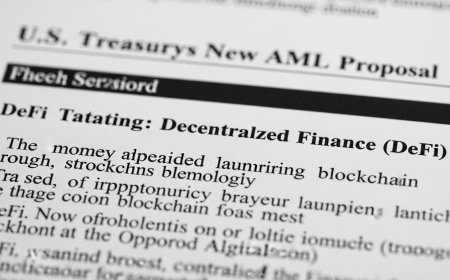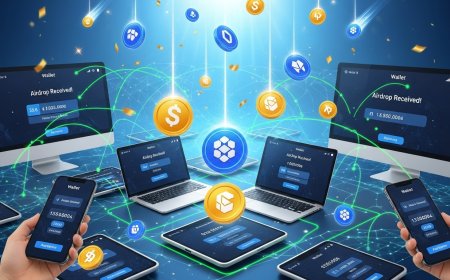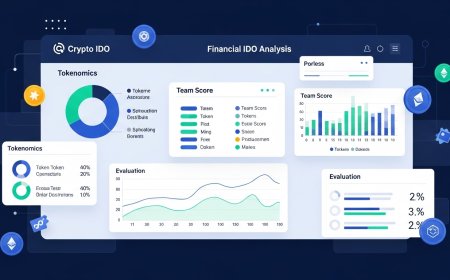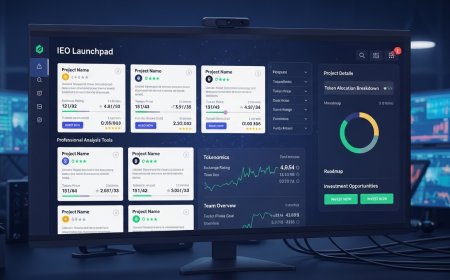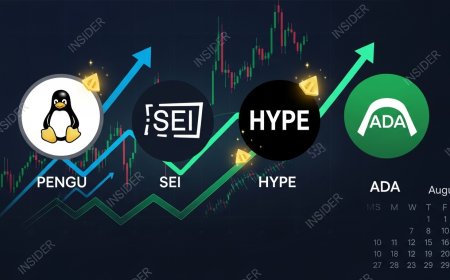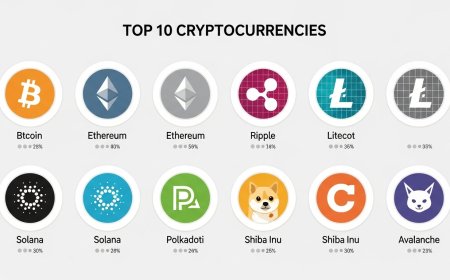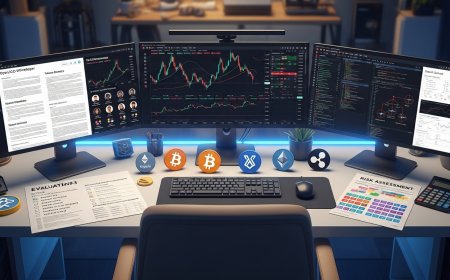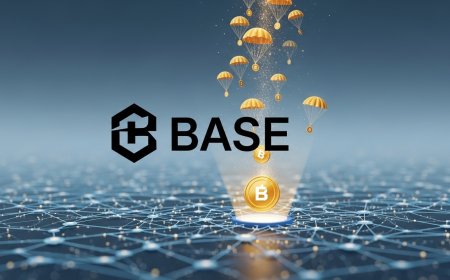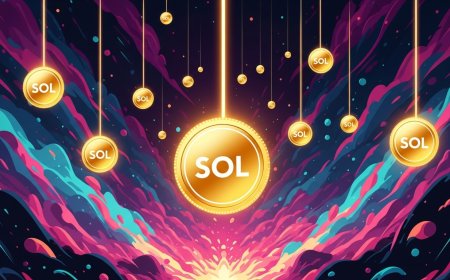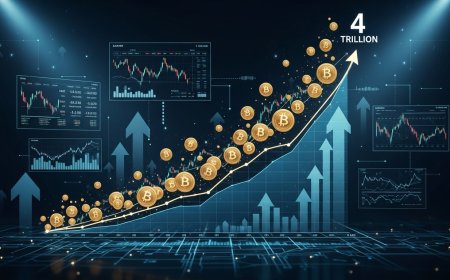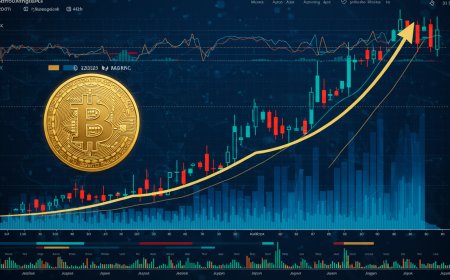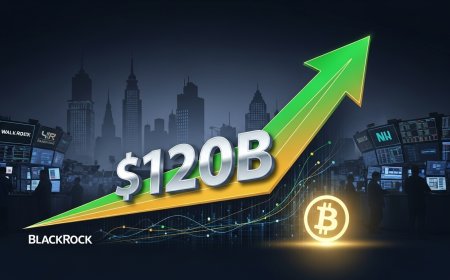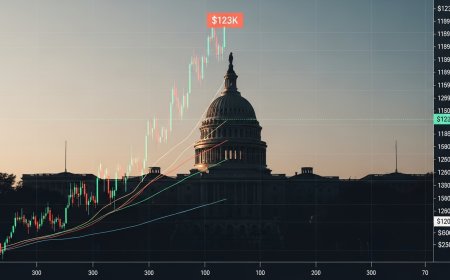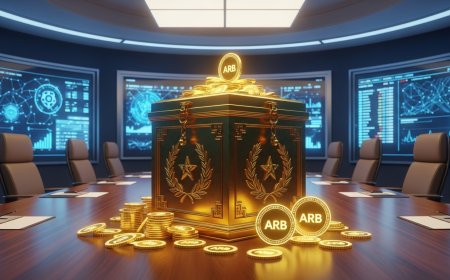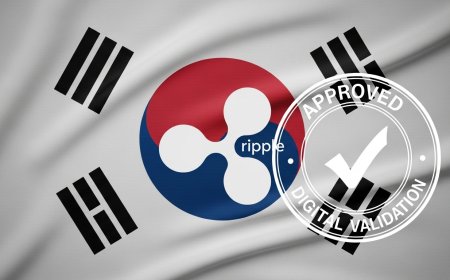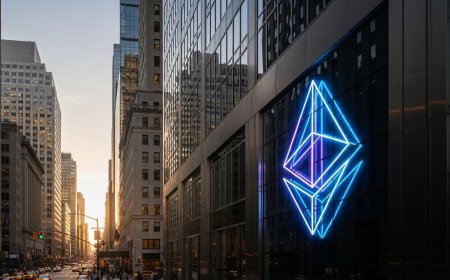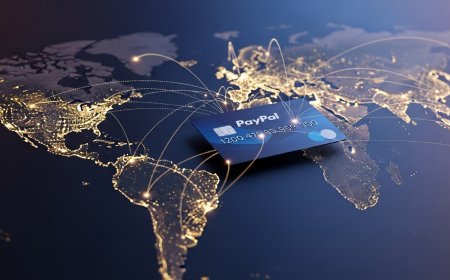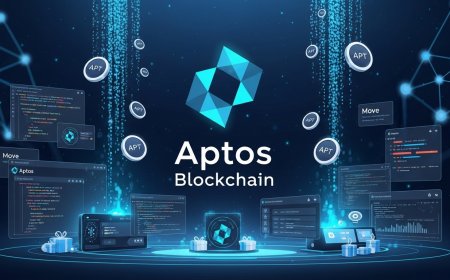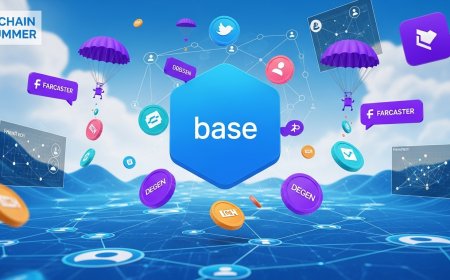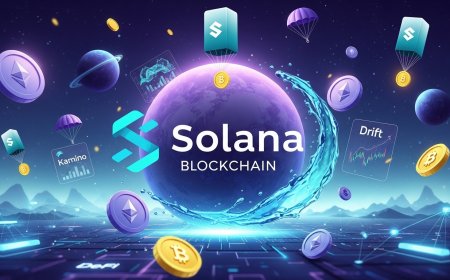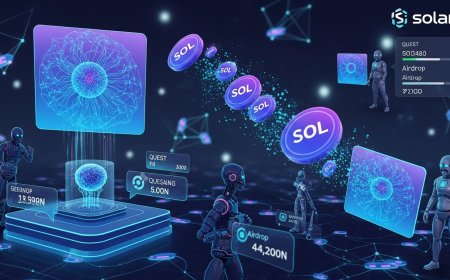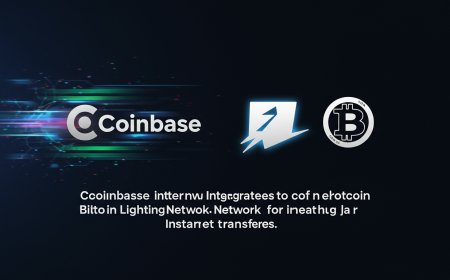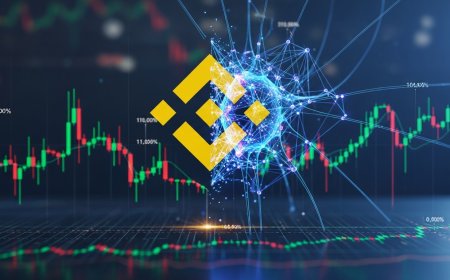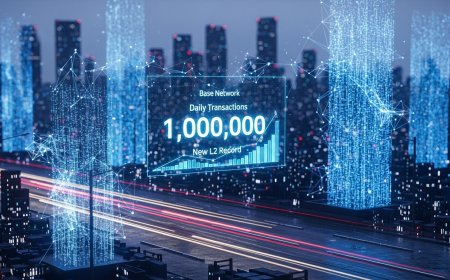Solana Launches Tokenization Hub to Bridge Real-World Assets
Solana debuts a tokenization hub, enabling RWAs like real estate and bonds to enter the DeFi market.
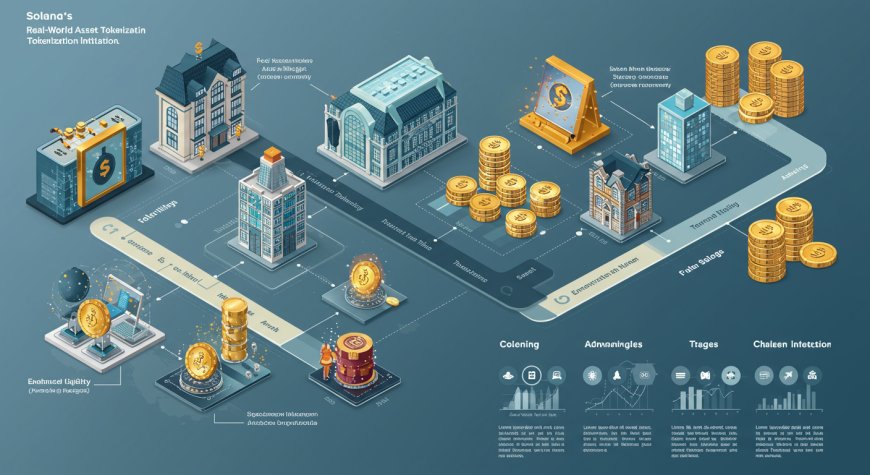
Solana's Real-World Asset Tokenization Initiative: Analysis and Impact
Overview
Solana has positioned itself as a leading platform for real-world asset (RWA) tokenization, leveraging its high-performance blockchain infrastructure to bridge traditional assets with decentralized finance. With $21B in real-world assets already tokenized on public blockchains as of May 2025 and McKinsey projecting $2 trillion by 2030, the momentum is undeniable.
Key Features and Objectives
Partnership with R3: R3 and Solana Foundation have partnered to bring regulated real-world assets onto a public blockchain, combining R3's private blockchain expertise with Solana's public infrastructure capabilities.
Technical Infrastructure: Solana's architecture handles over 50,000 transactions per second (TPS) using its Proof-of-History (PoH) and Proof-of-Stake (PoS) consensus mechanisms, making it highly suitable for high-volume asset tokenization activities.
Comprehensive Asset Coverage: Tokenization involves converting real-world assets, such as real estate, art, or commodities, into digital tokens on a blockchain, with Solana supporting various asset classes including property, equities, and commodities.
How It Bridges Real-World Assets with Blockchain
The platform enables the conversion of physical and traditional financial assets into digital tokens that can be traded, fractionalized, and managed on the blockchain. Using Solana, Credix enabled the tokenization of assets in Brazil, demonstrating real-world implementation across different markets.
Practical Examples: Homebase used the Solana blockchain to successfully tokenized a single-family rental property, showcasing the platform's ability to handle real estate tokenization with practical applications.
State Compression Technology: Mint millions of NFTs for hundreds of dollars using state compression on Solana, making large-scale asset tokenization economically viable.
Benefits
For Users and Investors
Enhanced Liquidity: These tokens are then easily transferable and divisible, allowing for increased liquidity and accessibility to a broader range of investors. Traditional assets that were previously illiquid can now be traded 24/7 on global markets.
Fractional Ownership: Make it easy for users to fractionalize assets, enabling smaller investors to own portions of high-value assets like real estate or art that would otherwise be inaccessible.
Cost Efficiency: Solana is changing real-world asset markets by bringing unparalleled speed, cost-efficiency, and scalability to asset tokenization, reducing transaction costs compared to traditional asset transfer methods.
For the Blockchain Community
Market Expansion: The initiative expands the use cases for blockchain technology beyond cryptocurrencies, attracting traditional finance institutions and asset managers to the space.
Institutional Adoption: Initially launched in March 2024, BUIDL has quickly become the largest fund in the tokenized money market sector, surpassing $2.9 billion in assets under management, demonstrating institutional confidence in tokenized assets.
Innovation Driver: The platform serves as a catalyst for developing new financial products and services that combine traditional asset management with DeFi capabilities.
Challenges
Regulatory Compliance
The tokenization of real-world assets requires navigating complex regulatory frameworks across different jurisdictions. Ensuring compliance with securities laws, anti-money laundering (AML) regulations, and know-your-customer (KYC) requirements presents ongoing challenges.
Technical Complexity
Asset Verification: Establishing reliable mechanisms to verify the authenticity and ownership of real-world assets before tokenization requires sophisticated infrastructure and trusted third-party services.
Oracle Dependencies: Maintaining accurate real-time valuations and status updates for tokenized assets depends on reliable oracle systems that can bridge off-chain data with on-chain tokens.
Market Adoption
Educational Barriers: Traditional asset managers and investors need education about blockchain technology and tokenization benefits to drive widespread adoption.
Custody Solutions: Developing secure and insured custody solutions for tokenized assets that meet institutional standards remains a significant challenge.
Legal and Operational Risks
Smart Contract Vulnerabilities: The reliance on smart contracts for asset management introduces potential security risks that could affect asset holders.
Jurisdictional Issues: Cross-border asset tokenization may face legal complications when assets and token holders are in different regulatory jurisdictions.
Conclusion
Solana's real-world asset tokenization initiative represents a significant step toward mainstream blockchain adoption in traditional finance. In today's evolving financial landscape, the fusion of blockchain and traditional assets is opening up unprecedented possibilities.
Expected Impact on Solana Ecosystem
The tokenization hub positions Solana as a leading platform for institutional-grade asset tokenization, potentially attracting significant capital inflows and development activity. The high-performance infrastructure and low transaction costs make it an attractive alternative to Ethereum for large-scale tokenization projects.
Broader Industry Impact
This initiative could accelerate the transformation of traditional asset markets by demonstrating the practical benefits of blockchain technology for asset management, trading, and ownership. The success of projects like BUIDL and real estate tokenization examples provide compelling use cases for broader industry adoption.
Future Outlook
As regulatory frameworks become clearer and technology matures, Solana's tokenization platform is well-positioned to capture a significant share of the projected $2 trillion tokenized asset market by 2030. The combination of technical capabilities, strategic partnerships, and growing institutional interest suggests strong potential for continued growth and innovation in this space.
The success of this initiative will ultimately depend on Solana's ability to balance innovation with regulatory compliance while maintaining the security and reliability that institutional investors require for managing real-world assets on blockchain infrastructure.
This analysis is based on information available as of July 2025 and reflects current developments in Solana's real-world asset tokenization efforts.
What's Your Reaction?
 Like
0
Like
0
 Dislike
0
Dislike
0
 Love
0
Love
0
 Funny
0
Funny
0
 Angry
0
Angry
0
 Sad
0
Sad
0
 Wow
0
Wow
0
